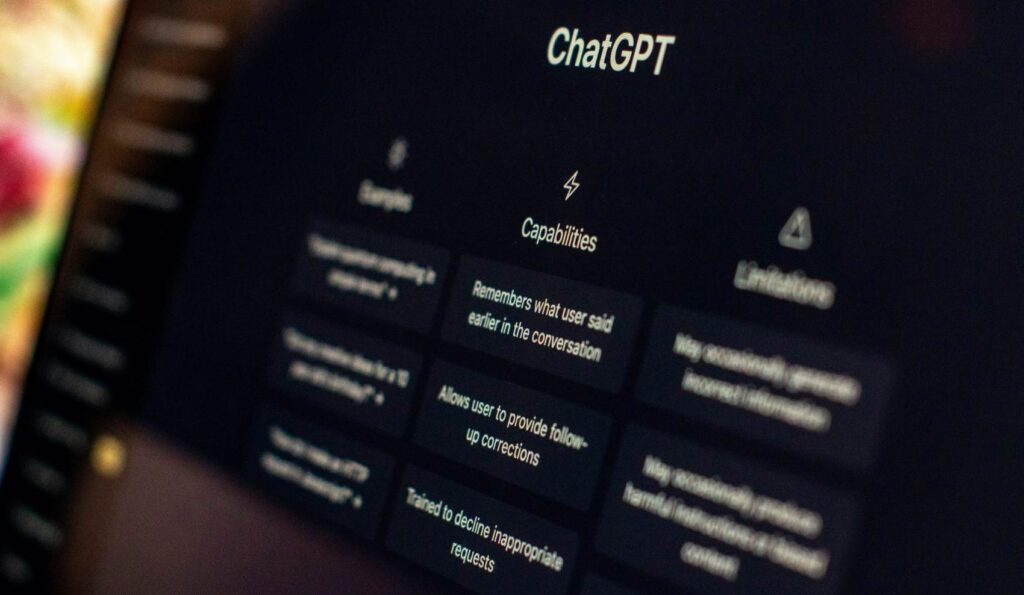As the healthcare industry embraces digital transformation, the integration of artificial intelligence (AI) in health information technology (HIT) has become a pivotal focus. Among the groundbreaking innovations in this field is Druid, an advanced AI framework designed to enhance cognitive functionality. This article explores the recent trends surrounding Druid, its applications in health technology, and its potential to revolutionize patient care and operational processes.
.
The surge of interest in AI technologies is reshaping how healthcare providers approach patient management and data processing. Druid stands out in this arena by offering enhanced cognitive capabilities that empower healthcare organizations to harness vast datasets effectively. With Druid, institutions can utilize AI and machine learning techniques to analyze patient information, leading to improved decision-making, streamlined operations, and elevated patient experiences.
.
One cannot overlook the pressing need for cognitive functionality in health information technology. As healthcare systems generate enormous amounts of data—from electronic health records (EHRs) to laboratory results—extracting meaningful insights from this information presents a considerable challenge. Cognitive functionality addresses this gap by enabling programmable systems to understand and learn from data, thus enhancing the efficacy of HIT applications.
.
Druid’s architecture leverages natural language processing (NLP) and machine learning, allowing it to comprehend, interpret, and respond to human inputs. This functionality is essential in healthcare, where providers often rely on complex terminologies and jargon. With cognitive AI, administrators and healthcare professionals can interact with data in a conversational manner, facilitating more intuitive access to information and promoting more effective communication between patients and providers.
.
The potential applications for Druid in healthcare are extensive. Telemedicine, which saw an explosion in usage during the COVID-19 pandemic, can benefit significantly from Druid’s cognitive capabilities. For instance, virtual health assistants powered by Druid can triage patient inquiries, schedule appointments, and even provide preliminary diagnoses based on symptoms provided in natural language. This not only optimizes clinicians’ time but also enhances patient engagement, leading to improved health outcomes.
.
Another vital application is in predictive analytics. Druid can analyze historical patient data to forecast potential health issues, allowing for preventive measures to be taken before they escalate. This predictive capability is crucial in chronic disease management, where early intervention can significantly reduce complications and healthcare costs. By providing clinicians with actionable insights, Druid stands to enhance resource allocation and patient management strategies across various healthcare settings.
.
Moreover, Druid serves as a powerful tool for personalized medicine. The framework’s cognitive functionality allows for the integration of genetic information with clinical data, enabling healthcare providers to tailor treatments to individual patients. By analyzing patterns across diverse datasets, Druid can contribute to the development of personalized treatment plans that optimize therapeutic efficacy based on each patient’s unique profile.
.
However, implementing AI solutions like Druid in health information technology comes with challenges. Organizations must prioritize data security and patient privacy, ensuring that any deployment complies with regulatory standards such as HIPAA. Robust security measures must be built into Druid to protect sensitive health data from breaches. Healthcare institutions must also cultivate a culture that embraces technological change, equipping healthcare professionals with the necessary training to leverage Druid effectively.
.
Another pertinent concern is the possible bias in AI algorithms. Since Druid relies on historical data to train its machine learning models, it is susceptible to biases present in the data. Healthcare organizations must proactively address this issue by ensuring diversity in the datasets used to train AI models. Continuous monitoring and auditing of these systems are essential to mitigate the risk of biased decision-making that could adversely affect patient care.
.
The intricacies of integrating Druid into existing health information systems necessitate financial investment and strategic planning. Organizations must assess their readiness for technological advancement and allocate resources accordingly. Collaborations with tech companies specializing in AI solutions can facilitate smoother implementation, allowing healthcare institutions to benefit from industry expertise while focusing on patient care.
.
Looking ahead, the future of Druid in health information technology is promising. As AI continues to evolve, advancements in machine learning, NLP, and cognitive processing will further enhance Druid’s effectiveness. As such, healthcare providers that leverage this technology stand to gain a competitive edge in delivering superior patient care.
.
In recent reports, analysts have observed a growing trend in integrating cognitive AI, like Druid, in various sectors of healthcare, from hospitals to research organizations. These reports indicate that organizations implementing Druid not only realize significant improvements in operational efficiency but also in patient satisfaction. As the landscape of HIT continues to evolve, adaptability and openness to innovation will determine the success of healthcare providers.
.
Moreover, governmental and regulatory bodies are beginning to recognize the importance of AI in health information technology, fostering initiatives that support the growth of AI frameworks like Druid. By creating favorable environments for AI research and development, there exists an opportunity for the healthcare sector to innovate continuously, ensuring it meets the complex needs of patients and providers in a rapidly changing world.
.
In conclusion, Druid is setting a new benchmark in cognitive functionality within health information technology, equipped to tackle the complexities of modern healthcare. Its applications in telemedicine, predictive analytics, and personalized care signify a transformative approach that emphasizes efficiency and improved patient outcomes. As healthcare organizations continue to embrace AI solutions, Druid could well become a staple in HIT, shaping the future of healthcare delivery.
.
To remain competitive and effective in this transformative era, healthcare providers must invest in understanding and implementing solutions like Druid. The blending of cognitive capability and AI holds the promise of transcending traditional healthcare practices, heralding a new wave of innovation that will ultimately benefit patients, healthcare professionals, and systems alike.
.
Given these insights, it is evident that embracing AI solutions like Druid is no longer a matter of choice but a necessity for the future of health information technology.
**





